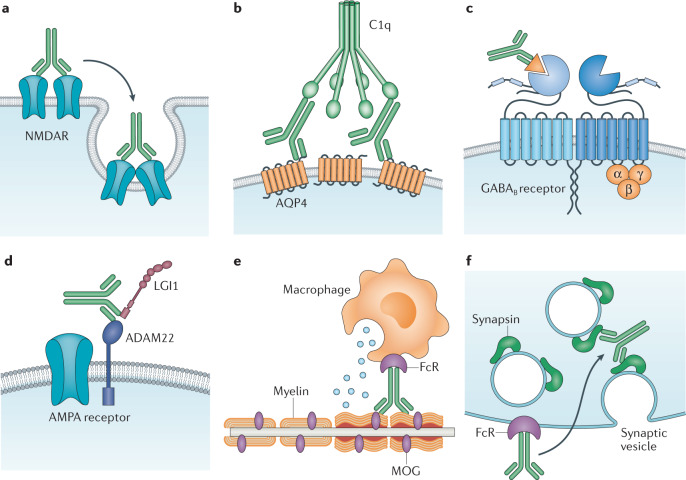Fig. 3. Different disease mechanisms by pathogenic autoantibodies.
a | N-methyl-d-aspartate receptor (NMDAR) autoantibodies lead to receptor cross-linking, internalization and degradation, thus reducing the number of NMDARs on the neuronal surface. b | Aquaporin 4 (AQP4) autoantibodies bind to clustered AQP4 and induce complement-dependent cytotoxicity. c | Binding of GABAB receptor autoantibodies directly block receptor signalling. d | Leucine-rich glioma-inactivated 1 (LGI1) autoantibodies induce neuronal dysfunction by interrupting the trans-synaptic binding of LGI1 to its postsynaptic receptor ADAM22 (and likewise ADAM23 at the presynaptic site; not shown). e | Myelin oligodendrocyte glycoprotein (MOG) autoantibodies target the myelin sheath of axons and induce FcR-mediated antibody-dependent cellular cytotoxicity. f | Selected autoantibodies, such as to synapsin, are internalized via neuronal FcRs and lead to target inactivation intracellularly. AMPA, α-amino-3-hydroxy-5-methyl-4-isoxazolepropionic acid; GABA, γ-aminobutyric acid.

